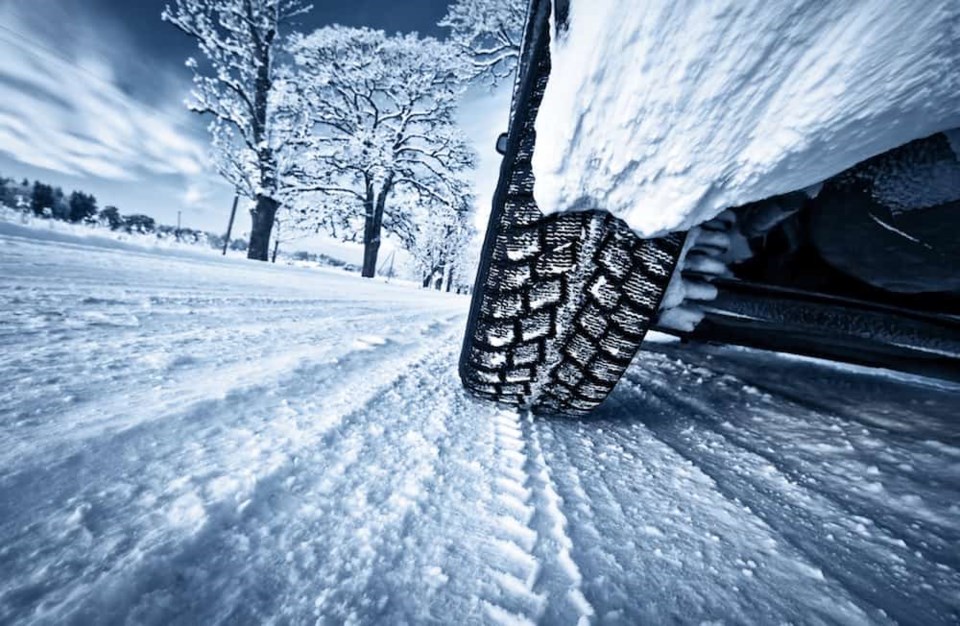While there isn't any snow on the ground in Vancouver, locals should ensure they are prepared for wintry conditions starting today.
The Ministry of Transportation and Infrastructure has announced that winter tires and chains are required on most routes in B.C. starting Oct. 1.
As winter conditions continue, the Ministry advises that sudden changes in elevation and weather can make highway conditions unpredictable. As such, the provincial law will remain in effect on most routes from Oct. 1 through April 30. For select highways not located through mountain passes and/or high snowfall areas, tire and chain requirements end March 31.
Sections of highways requiring winter tires or chains onboard are marked with roadside signs, and drivers are responsible for ensuring that their vehicles are properly equipped for the terrain. If they fail to do so, they may be subject to a fine.
Passenger vehicles not equipped with winter tires are subject to a $121 fine, while commercial vehicles not carrying chains can get slapped with a fine of $196. In addition, commercial vehicles bypassing an active chain up area are subject to a fine of $598.
Winter tire and commercial truck chain requirements start TODAY.
— BC Transportation (@TranBC)
See route maps and other information:
A legal winter tire - on a standard passenger vehicle or a four-wheel/all-wheel vehicle - must have at least 3.5 mm of tread depth.
A winter tire must be labelled with either of the following:
- The letters "M" and "S", the minimum legal requirement (mud + snow/all season tires)
- The 3-peaked mountain/snowflake symbol (some manufacturers label with both the mountain snowflake and the M+S symbol)
Drivers can check out the online with Drive BC.
Winter tire/chain requirements on most highways in BC start tomorrow (Oct. 1). Are you prepared? All the info you need is here:
— BC Transportation (@TranBC)
While the best way to stay safe in extreme weather conditions is to avoid driving, the Ministry notes that there are a number of things drivers can do. Aside from being "winter-ready," drivers should ensure that they have a properly stocked . Further, drivers and passengers should have extra clothing available to wear that will be appropriate to wear outside of the vehicle during extreme weather.
It also suggests a number of ways that drivers can stay seen on dark nights.
- Daytime running lights are dimmer than the light offered by turning your lights on manually.
- Make sure to turn your vehicle lights all the way on.
- Tail lights do not turn on with your daytime running lights.
- Tail lights are an important part of being seen from behind, especially in winter when days are shorter and rain, fog, and grey days are common.
- The visual cue of the interior dash lights being on does not indicate that your headlights and tail lights are operating.
provides up to date highway conditions and weather forecasts for travellers.



